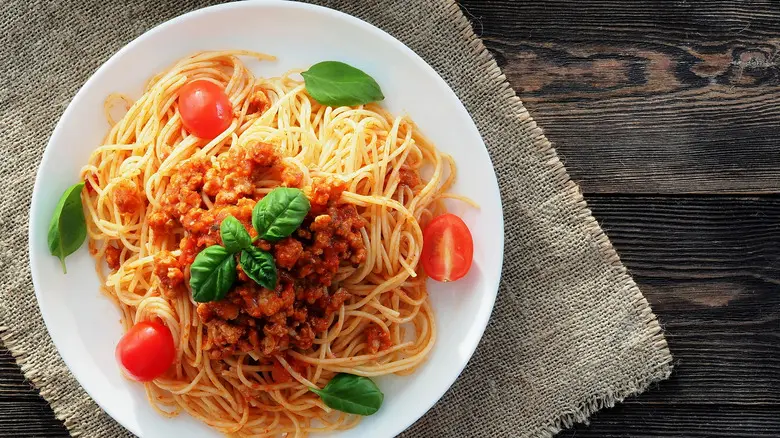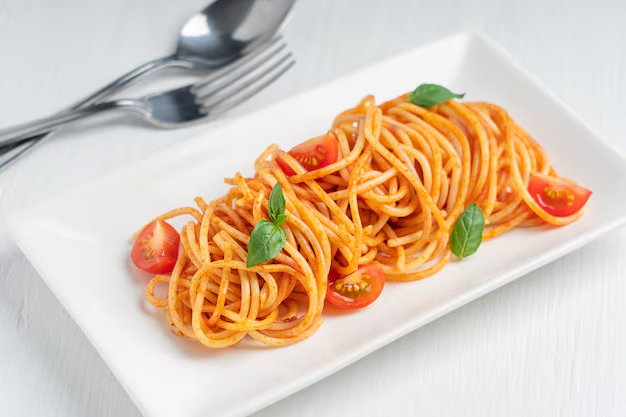What Does 'Al Dente' Literally Mean?
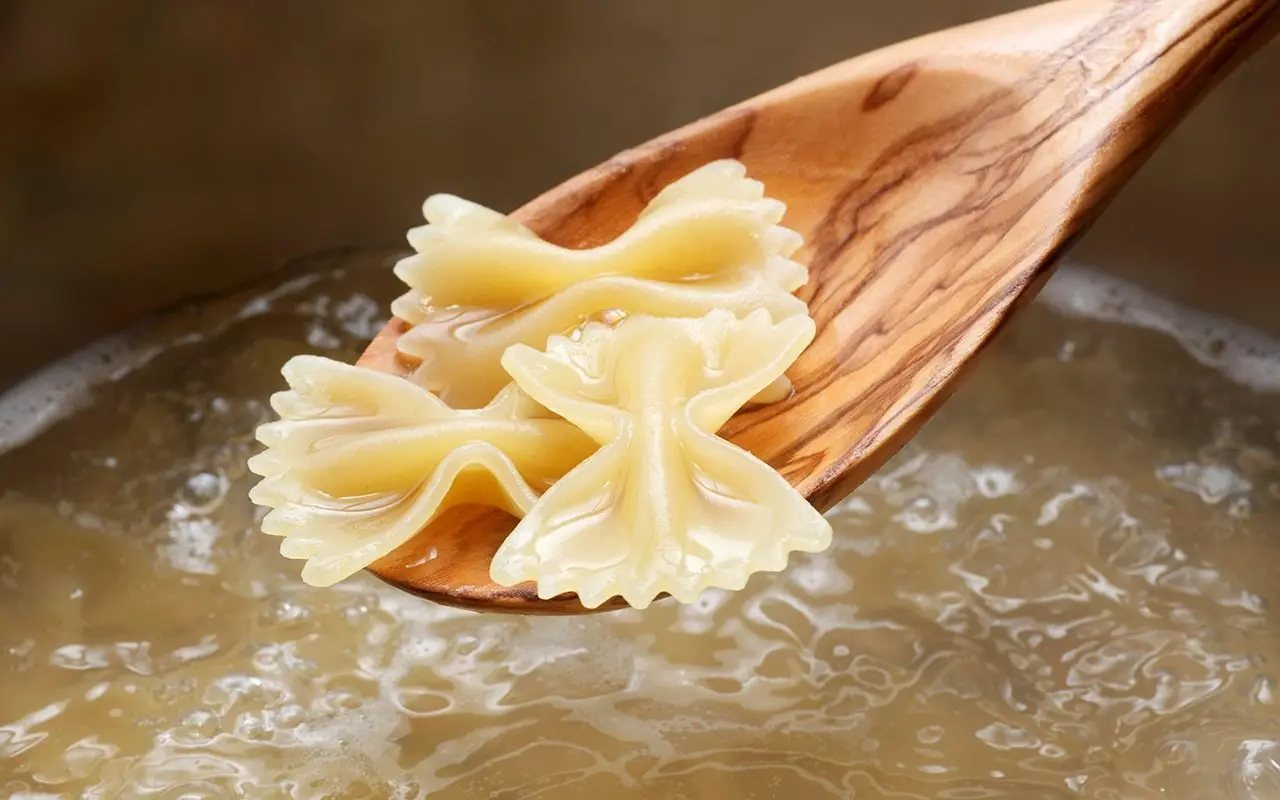
Have you ever heard a cooking show host or a chef talk about pasta being "al dente" and wondered what exactly that meant? The term itself is Italian, and it literally translates to "to the tooth." This descriptive phrase perfectly captures the essence of properly cooked pasta. It's not about crunchiness or rawness, but rather a specific textural quality that is sought after by pasta lovers and culinary professionals alike. Understanding this literal meaning provides the first clue to appreciating why "al dente" is so important.
The Texture of Perfectly Cooked Al Dente Pasta
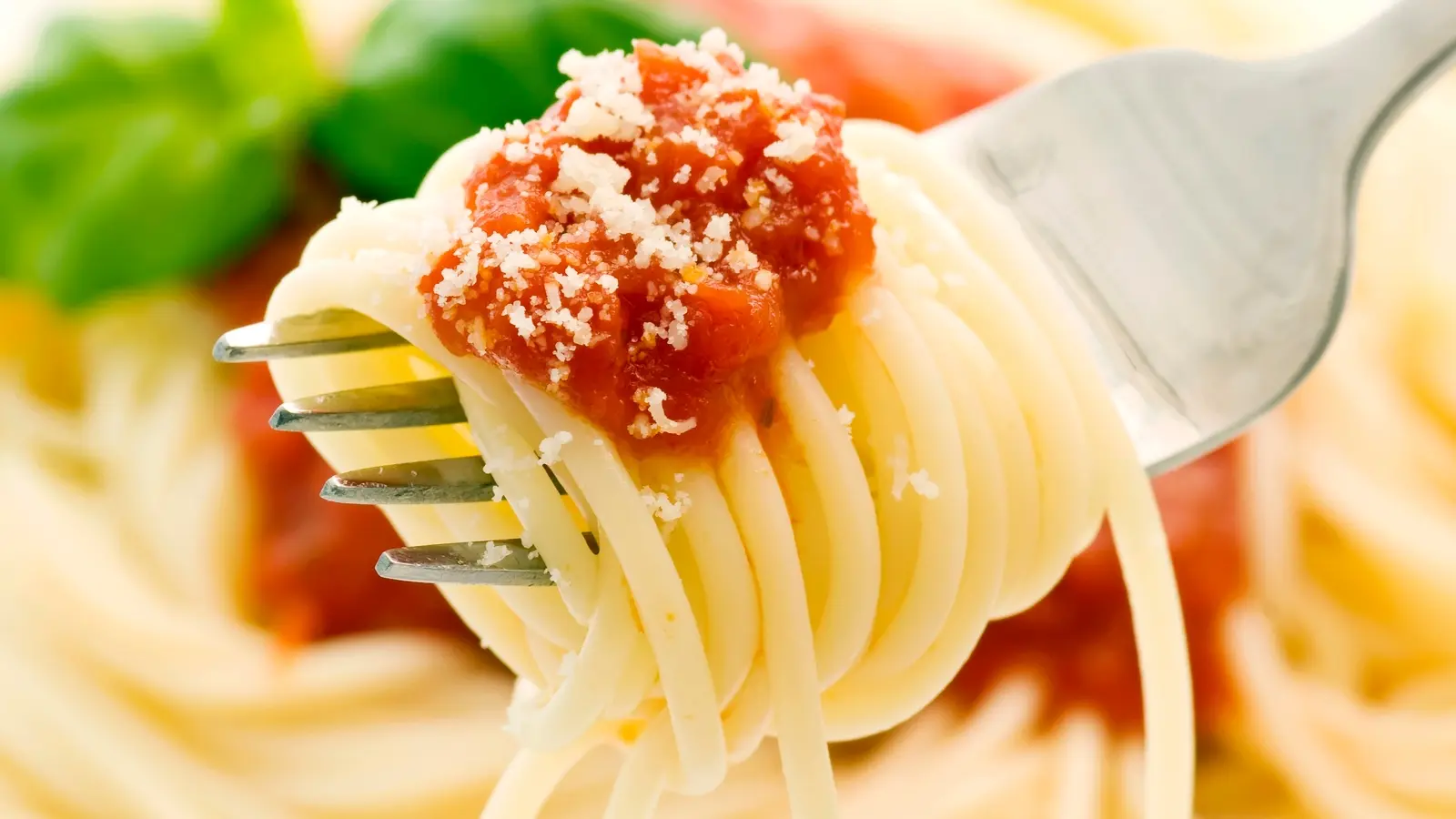
When pasta is cooked "al dente," it should offer a slight resistance when you bite into it. Imagine a pleasant, firm bite that is not hard or crunchy, but definitely not mushy or soft either. The center of the pasta strand should still have a faint white core when broken open – this is often cited as a visual cue, though texture is the most reliable indicator. Think of it as a gentle firmness that gives way smoothly, providing a satisfying and slightly chewy experience in your mouth. This specific texture is crucial for the overall enjoyment of the dish.
Why Al Dente is the Goal for Pasta
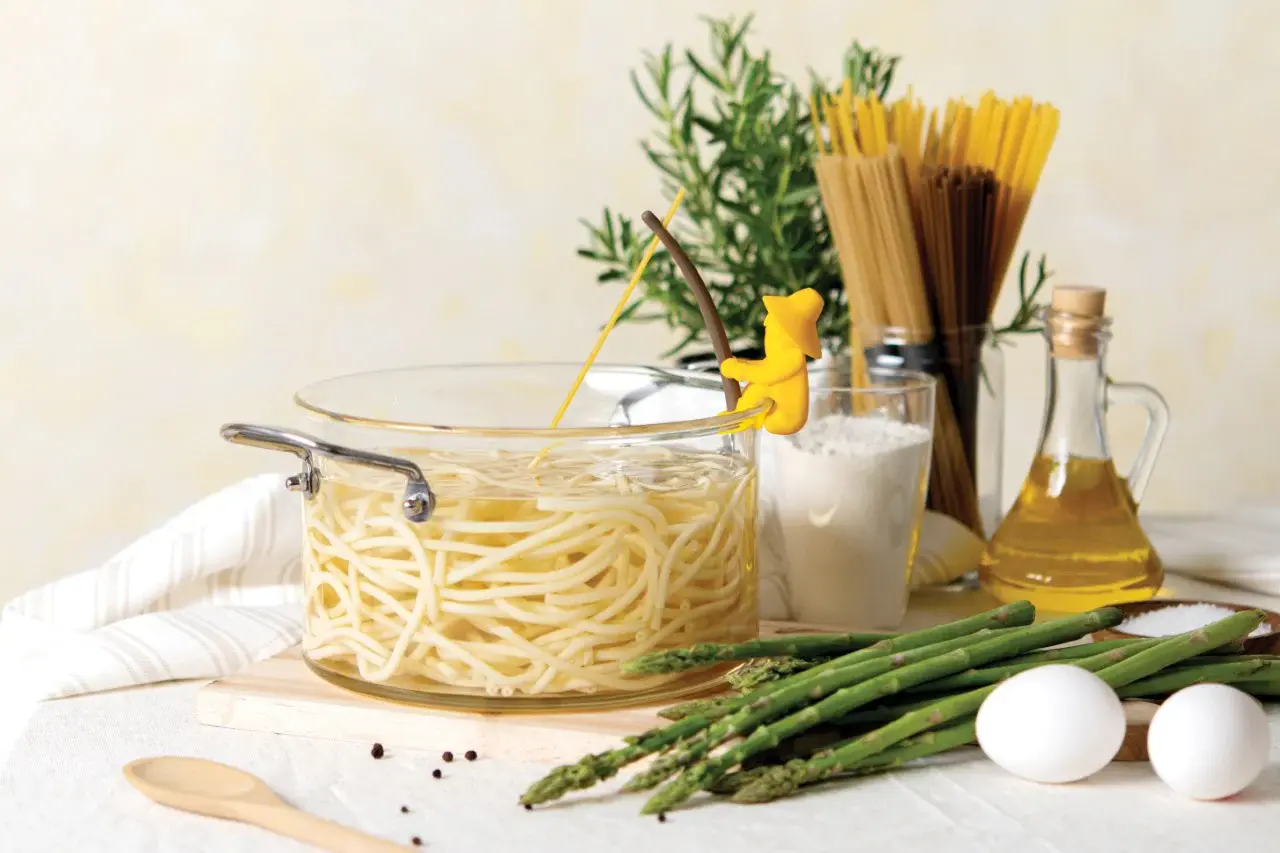
Achieving "al dente" isn't just about texture; it fundamentally impacts the flavor and digestibility of pasta. When pasta is cooked perfectly to this stage, it retains more of its starch content, which is gradually released during digestion. This slower starch release leads to a more sustained energy release and helps prevent blood sugar spikes compared to overcooked pasta where starches are broken down more readily during cooking. Moreover, "al dente" pasta has a better ability to hold onto sauces. Its slightly rougher surface created by the firm exterior allows sauces to cling beautifully, enhancing every bite with flavor.
Cooking Pasta Beyond Al Dente: What Happens?
Overcooking pasta, pushing it past the "al dente" stage, results in a dramatically different and less desirable outcome. As pasta continues to cook in boiling water, its starch structure breaks down excessively. This leads to a mushy, gummy, and often flavorless texture. Overcooked pasta becomes limp, losing its structural integrity and its ability to hold sauce effectively. It also becomes less pleasant to eat, lacking the satisfying chewiness that "al dente" provides. In essence, overcooking robs pasta of both its textural appeal and its culinary purpose as a flavorful base for sauces.
Achieving Al Dente: Key Cooking Techniques
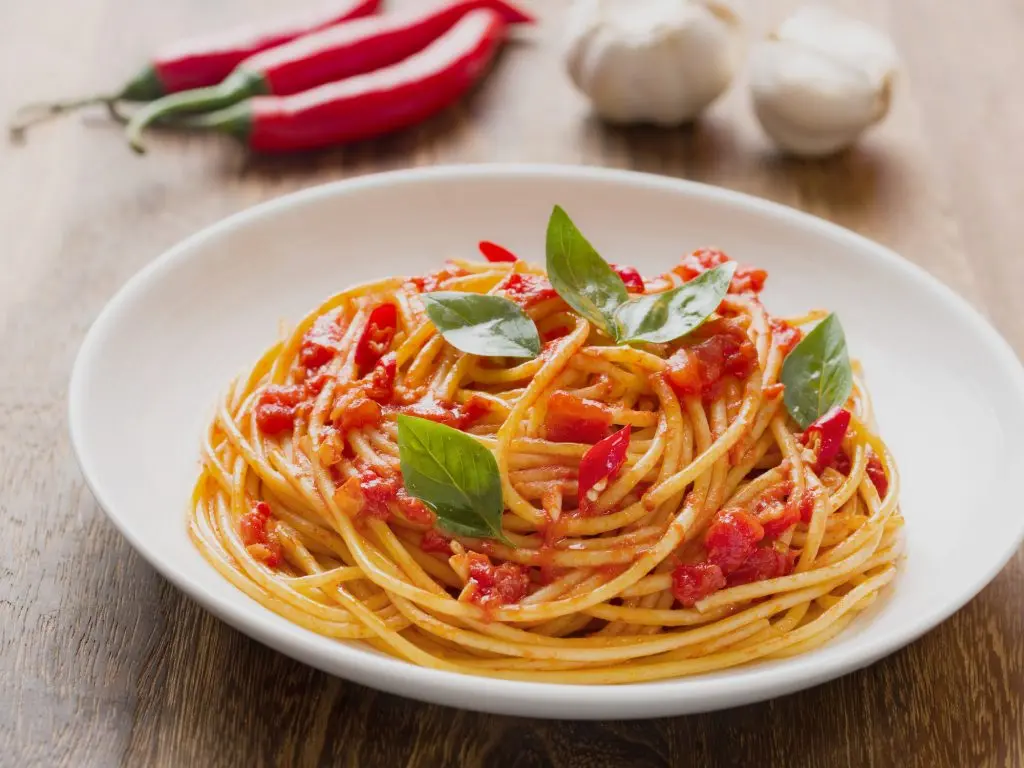
Mastering "al dente" is a cornerstone of good pasta cooking and is surprisingly achievable with attention to a few key techniques. Always start with a large pot of generously salted boiling water – this is crucial for both flavor and proper cooking. Follow the package directions as a starting point, but begin testing the pasta for doneness a minute or two before the suggested time. Use a fork to retrieve a strand and bite into it. Don't be afraid to taste test frequently in the final minutes of cooking. Once it reaches that perfect "to the tooth" firmness, drain it immediately and toss with your sauce without delay to prevent further cooking from residual heat.
Recommended

The Store-Bought Ingredient Swap For Homemade Pizza Dough

The Ultimate Scallop Test: Identifying Wet-Packed vs. Dry-Packed for Culinary Success

How To Turn Chocolate Chips Into Homemade Magic Shell

How Long Is Powdered Milk Good For?
Next up

